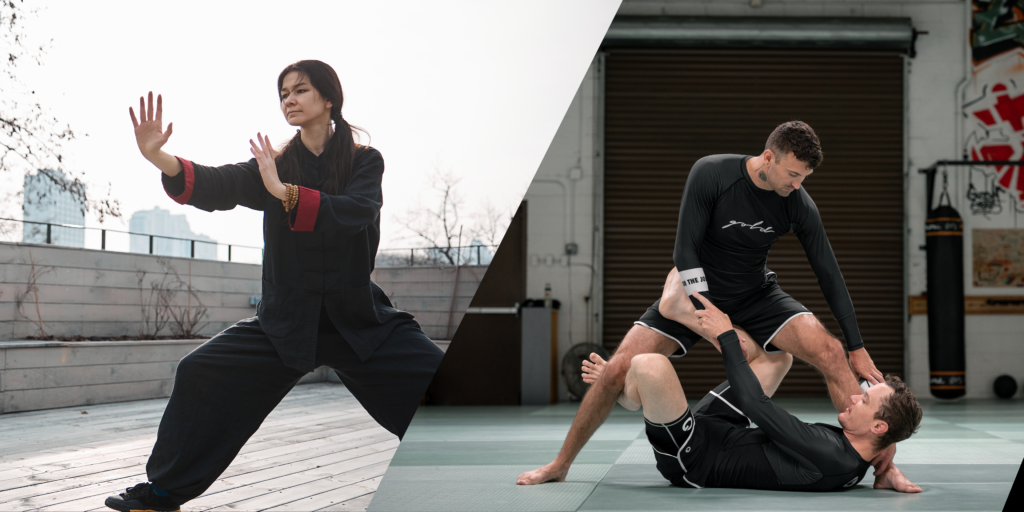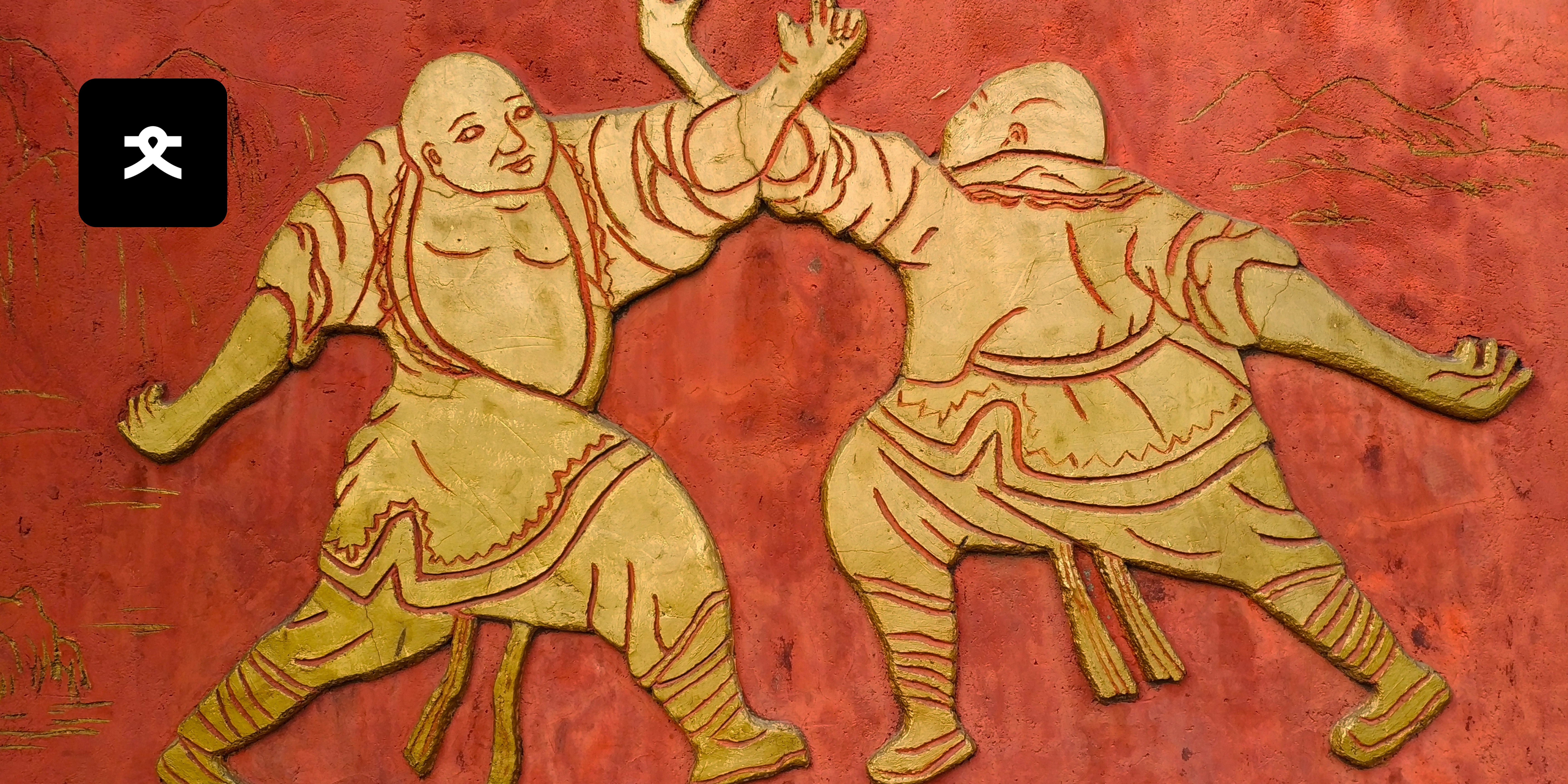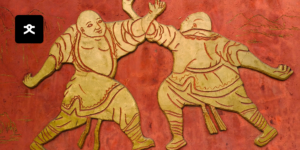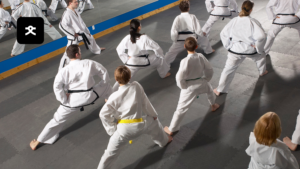The history of martial arts is a tapestry of human culture, woven with the threads of ancient traditions, philosophical principles, and the evolution of combat techniques. From the quiet monasteries of China to the samurai dojos of Japan, and the wrestling arenas of ancient Greece, martial arts have developed across the globe, each style reflecting the unique cultural, historical, and social influences of its origins. This blog explores the rich history and evolution of popular martial arts styles, tracing their journey from ancient roots to modern practices.
The Origins: Ancient Martial Arts
China: Kung Fu
The history of martial arts in China is deeply intertwined with the country’s cultural and spiritual heritage. Kung Fu, one of the oldest and most diverse martial arts styles, dates back thousands of years. Originating during the Xia Dynasty (2070-1600 BCE), Kung Fu evolved through centuries, influenced by Buddhist, Taoist, and Confucian philosophies.
Monks at the Shaolin Temple are often credited with formalizing Kung Fu. They combined physical exercises with meditative practices, creating a holistic approach to martial arts that emphasized both mental and physical discipline. Shaolin Kung Fu became renowned for its intricate forms, powerful strikes, and animal-inspired techniques.
Japan: Jujutsu and the Samurai
In Japan, the evolution of martial arts is closely linked to the samurai, the warrior class that emerged in the 12th century. Jujutsu, one of the earliest Japanese martial arts, focused on joint locks, throws, and grappling techniques. It was developed as a method for unarmed combat, complementing the samurai’s expertise with swords and other weapons.
The Edo period (1603-1868) saw the refinement of Jujutsu and the emergence of other styles, such as Kenjutsu (sword fighting) and Kyudo (archery). During this time, martial arts training also incorporated elements of Zen Buddhism, emphasizing the importance of mental clarity and spiritual growth.
Greece: Pankration
In ancient Greece, Pankration was a popular martial art that combined aspects of boxing and wrestling. Introduced in the Olympic Games in 648 BCE, Pankration was a brutal and highly effective combat sport. It featured a wide range of techniques, including strikes, joint locks, and chokes. Pankration was not only a sport but also a method of military training, contributing to the formidable reputation of Greek soldiers.

The Evolution: Modern Martial Arts Styles
Brazil: Brazilian Jiu-Jitsu
Brazilian Jiu-Jitsu (BJJ) is a relatively modern martial art that evolved from Japanese Jujutsu and Judo. In the early 20th century, Japanese martial artist Mitsuyo Maeda introduced Judo to Brazil. Carlos Gracie, one of Maeda’s students, and his brothers adapted and refined these techniques, creating what is now known as Brazilian Jiu-Jitsu.
BJJ focuses on ground fighting and submission grappling, emphasizing technique and leverage over brute strength. It has gained worldwide popularity, particularly through its success in mixed martial arts (MMA) competitions, where BJJ practitioners have consistently demonstrated the effectiveness of their techniques.
Thailand: Muay Thai
Muay Thai, or Thai boxing, is a striking art that originated in Thailand several centuries ago. Known as the “Art of Eight Limbs,” Muay Thai utilizes punches, kicks, elbows, and knee strikes. Its origins can be traced back to the military training of Thai soldiers, who developed and practiced these techniques for both self-defense and warfare.
Muay Thai has evolved into a highly respected combat sport, with a rigorous training regimen that includes conditioning, sparring, and technique drills. Its influence can be seen in many other martial arts and combat sports, including kickboxing and MMA.
Korea: Taekwondo
Taekwondo is a Korean martial art that emphasizes high, fast kicks and dynamic striking techniques. It was developed in the mid-20th century, drawing from traditional Korean martial arts such as Taekkyeon and Subak, as well as influences from Japanese Karate.
Taekwondo became an official Olympic sport in 2000, further cementing its status as a global martial art. It is known for its emphasis on discipline, respect, and self-control, with a comprehensive system of forms (patterns), sparring, and self-defense techniques.
The Philippines: Eskrima
Eskrima, also known as Arnis or Kali, is a Filipino martial art that focuses on weapon-based combat. Its origins are deeply rooted in the history of the Philippines, where warriors developed techniques for fighting with sticks, knives, and other bladed weapons.
Eskrima practitioners are trained to use weapons of various lengths and to transition seamlessly between armed and unarmed combat. The art emphasizes fluidity, speed, and precision, making it a highly effective and versatile martial art.
The Modern Era: Globalization and Mixed Martial Arts
The late 20th and early 21st centuries have seen the globalization of martial arts, with styles from different cultures being practiced and taught around the world. This cross-cultural exchange has led to the development of hybrid martial arts and the rise of mixed martial arts (MMA).
Mixed Martial Arts (MMA)
MMA is a full-contact combat sport that combines techniques from various martial arts, including Brazilian Jiu-Jitsu, Muay Thai, Wrestling, and Boxing. The sport gained prominence in the 1990s with the establishment of the Ultimate Fighting Championship (UFC), which showcased fighters from different disciplines competing under a unified set of rules.
MMA has contributed to the evolution of martial arts by highlighting the effectiveness of cross-training and the importance of being well-rounded in striking, grappling, and ground fighting. It has also popularized the concept of “martial arts for everyone,” with gyms and training centers offering classes for all ages and skill levels.
The Future: Continuing Evolution and Adaptation with Martial Profile by your side
The evolution of martial arts is far from over. As new training methods, technologies, and cultural influences emerge, martial arts will continue to adapt and evolve. Today’s practitioners have access to a wealth of knowledge and resources, enabling them to learn and refine techniques from multiple disciplines.
In this modern era, tools like Martial Profile are instrumental in tracking progress, setting goals, and staying motivated. Martial Profile offers features such as a workout generator, progress tracking, and a community platform, helping martial artists of all levels to optimize their training and achieve their goals.







Leave a Reply